 The other night I attended a lecture on the parallel relationships between president Abraham Lincoln and abolitionist Frederick Douglass in the 1860s, and president Lyndon Johnson and Civil Rights leader Dr. Martin Luther King, Jr. in the 1960s. The commonalities are striking: although these relationships occurred more than one hundred years apart, they both represent men in power holding the highest office in the nation, called to action in the name of human and civil rights.
The other night I attended a lecture on the parallel relationships between president Abraham Lincoln and abolitionist Frederick Douglass in the 1860s, and president Lyndon Johnson and Civil Rights leader Dr. Martin Luther King, Jr. in the 1960s. The commonalities are striking: although these relationships occurred more than one hundred years apart, they both represent men in power holding the highest office in the nation, called to action in the name of human and civil rights.
Uneasy Partners: Lincoln and Frederick Douglass and LBJ and Martin Luther King, Jr, the first in a series of conversations about Lincoln, featured authors and historians Nick Kotz (on Johnson) and John Stauffer (on behalf of Lincoln). Moderator Juan Williams, commenting on the unique status of President Obama, noted at the start, “The power was in white hands and you had black hands as advisors. Today, it’s an interesting take on that tale because the president is a black man.”
Stauffer spoke about the striking similarities between Lincoln and Douglass. Though Douglass was a slave child and Lincoln had less than one year of education, both were tremendously intellectual people, and had enormous respect for each other. They were both self-made men, a term that was at the time inseparable from social reform According to Stauffer, they both “used words as weapons as young boys and fell in love with words. Douglass was considered the better orator.”
One hundred years later, Lyndon Johnson and Dr. Martin Luther King, Jr. were brought together by a crisis, the assassination of John F. Kennedy on November 22, 1963. Three days later, with the country in need of some kind of healing, Johnson called King who said to the president, “I don’t think there’s anything more you can do to honor JFK than to pass the Civil Rights Act.” Both men needed each other. The passage of Civil Rights legislation was crucial to both of them as King would later comment to Johnson, “Mr. President, you have given us a second emancipation.”
King wanted something from Johnson and Douglass wanted something from Lincoln. Each team of men — a president and a liberator, if you will– helped change the course of history, both national and personal. As we learned the other night, if history doesn’t repeat itself, it often comes pretty close.
update: I’m in the middle of Stauffer’s book right now. It’s hard to put down and I’m hoping to have more discussions here on Lincoln and Douglass.


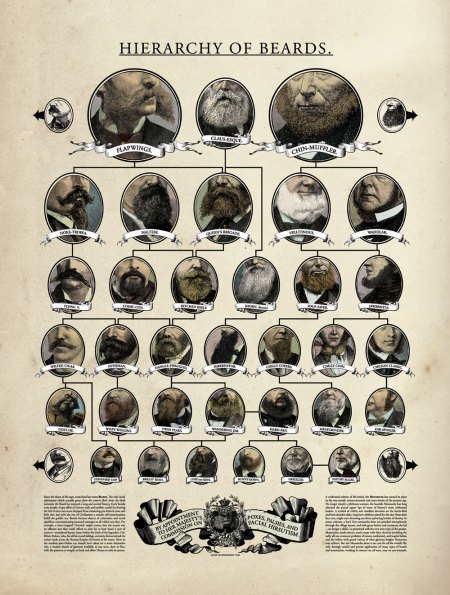
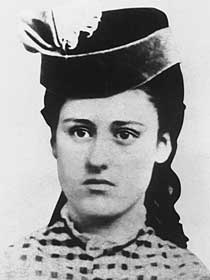
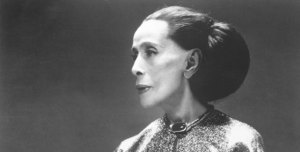
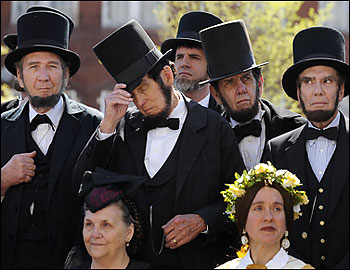
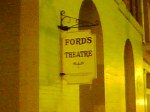
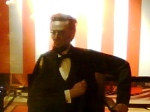
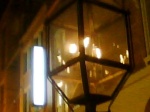
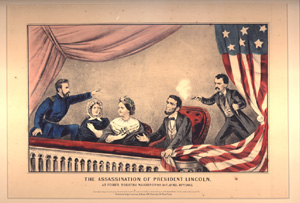
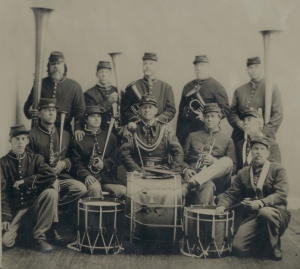

 The other night I attended a lecture on the parallel relationships between president Abraham Lincoln and abolitionist Frederick Douglass in the 1860s, and president Lyndon Johnson and Civil Rights leader Dr. Martin Luther King, Jr. in the 1960s. The commonalities are striking: although these relationships occurred more than one hundred years apart, they both represent men in power holding the highest office in the nation, called to action in the name of human and civil rights.
The other night I attended a lecture on the parallel relationships between president Abraham Lincoln and abolitionist Frederick Douglass in the 1860s, and president Lyndon Johnson and Civil Rights leader Dr. Martin Luther King, Jr. in the 1960s. The commonalities are striking: although these relationships occurred more than one hundred years apart, they both represent men in power holding the highest office in the nation, called to action in the name of human and civil rights.